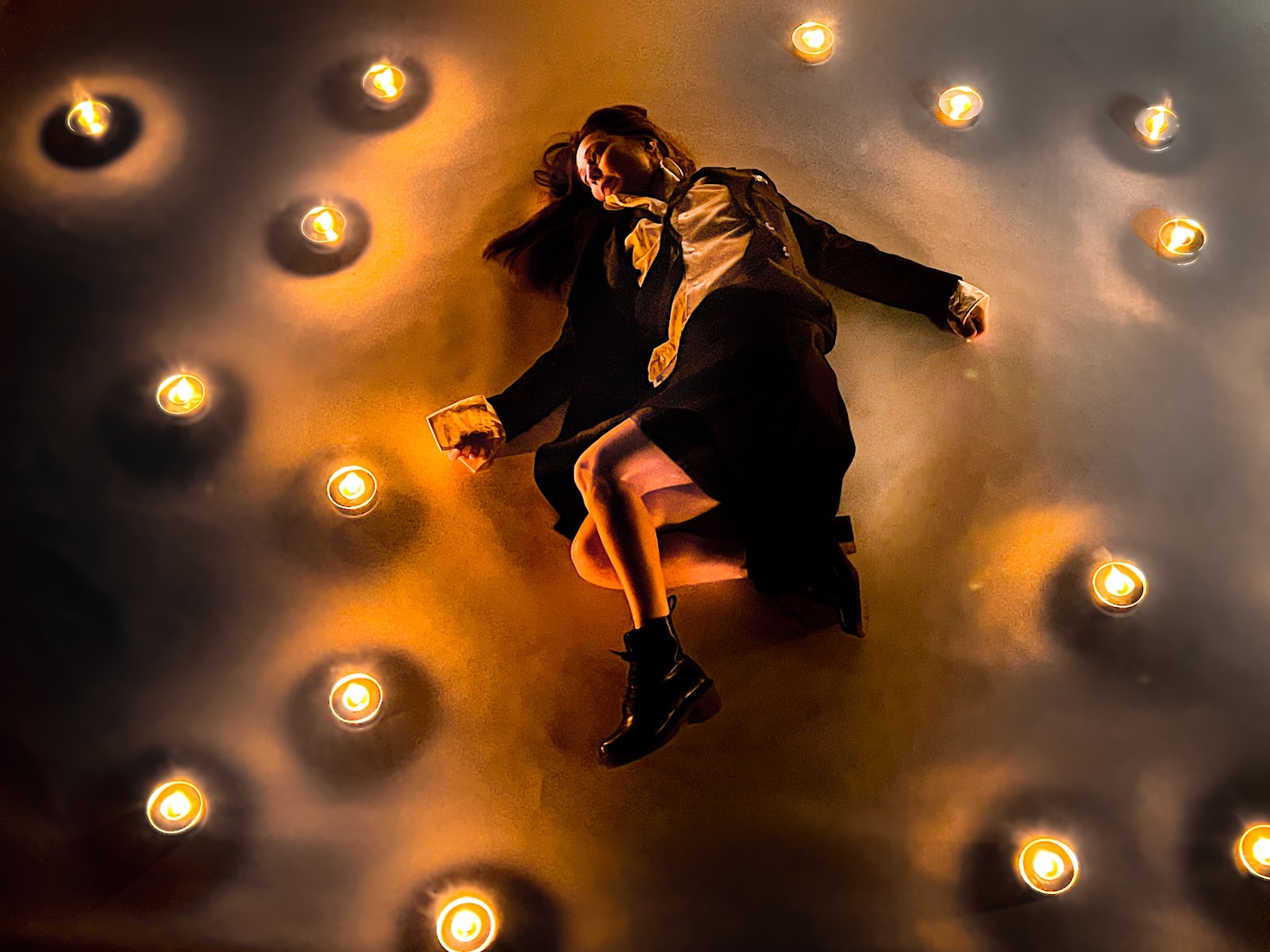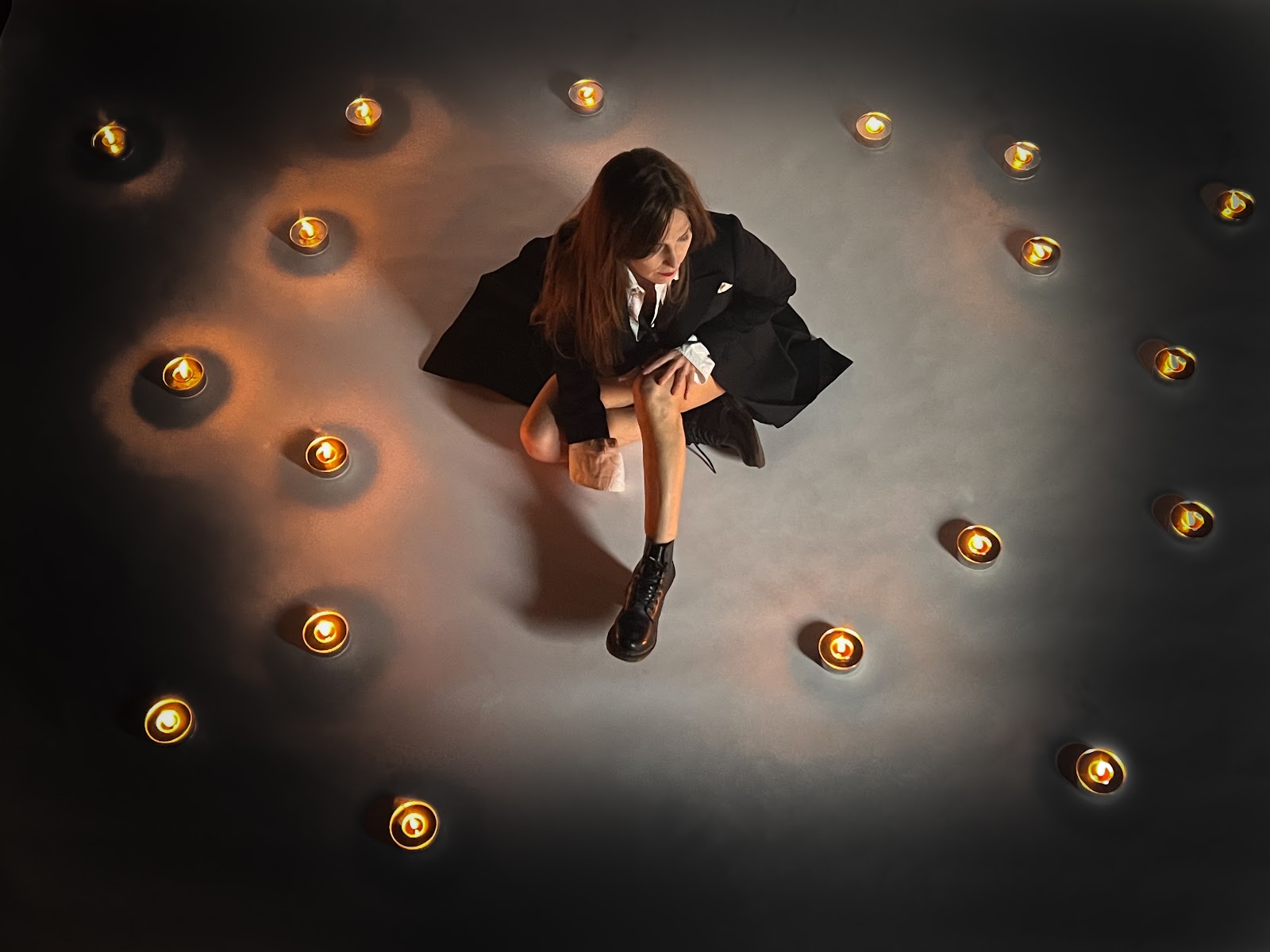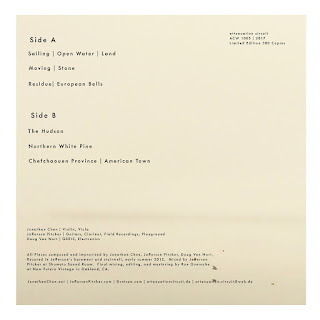Interview with Sofia Härdig
Drawing from a diverse range of influences including Nick Cave, PJ Harvey, and Alan Vega, Härdig has crafted an album that defies easy categorization, moving fluidly between alternative rock, gothic rock, and post-punk.
I spoke with Sofia about her work, influences and the new album.
1. There is a moment in life for every artist and musician to get inspired and move on towards a certain direction and commit to start doing what is closer to your interest? You also have been through different stages in your life related to different genres. Can you describe this (those) moment(s)?
I think there are different kind of artist. some stay in the same style through out their carrier. And there are those who change throughout their life, but still have a distinct voice. I have always been drawn to artist that keep evolving, searching new forms of expression.
To me that way of working comes naturally. I find new inspiration and sides of my music that I want to develop, tracks I have to try.
I think like Bowie once said: When you feel you're in deep water so that your feet are almost not touching the ground, then you're in the right place; then you are evolving.
I think I often strive for that feeling. Trying new things makes me want to go further.
On this album I really wanted to stretch my abilities as a songwriter lyrically and with the voice so I gave myself different tasks. I wrote a lot of songs. One per day so now I have a large bulk of material to dig from.
2. In your work you use a varied array of instruments - and since the beginning of your music journey you have always experimented with different objects and turned them into musical instruments. How did you find your own way towards enjoying and using it for composition? How do you feel about it?
I think I feel that every sound I hear around me has the potential of music. It is all music. Just like the words we swim around in. They all have the potential to become music, lyrics or stories. You just have to listen and be open to see the potential.
3. Using certain technology to create music is a great idea but can also be a message. What drives you to create sounds using them? How did it evolve over the years of your personal experience?
When I started I didn't have any money. I hardly had any equipment. I had to use what I could get my hands on. I sampled things around me in a low cost punk attitude. Hairdryers, frogs and zombie movies. Then I had a couple of successful records and gained sponsorship from some of the software companies. I remember when updating my equipment a clerk in the music store said: "Wow with that stuff you had you can not do ANYTHING." " Well" I said, "I had three albums getting the Swedish STIM grant and great reviews world wide so I don't know if that is nothing..."
Then when I got all the sounds in massive sound banks I was paralyzed. I didn't have to invent anything myself it was all there. So I went completely the other way and limited myself to for instance only using 303 and 808 drum sounds ( though pitched and tweaked, filtered etc) It became more fun that way. Limitations can be a great help.
4. How do you set up for your live gigs? What approach do you have in terms of composing?
In live gigs I often takes the songs back to their raw format. With the drum loops I made for demo etc. It becomes more raw and fun that way. More organic.
5. How did you feel about collaborating with anyone before you met? What brought you together and how did you find the communication? Can you tell us a little bit about working with such artists as: Bebe Risenfors, Robert Johnsson (Robert Johnson and the Punchdrunks) and John Essing (Bob Hund), with Grammy-awarded Nille Perned?
Everyone of those collaborations have their own story and they are all very different. It often happens that they have heard my music and liked it and get in touch.
John Essing from bob hund I have been working with for 20 years. He loved my stuff right from the start, joined my band and been part of all my records in one or another way.
Bebe Risenfors got in touch before a gig and asked if he could sit in. And I said yes, of course. He came straight to the show, wasn't even at the soundcheck. It was amazing; musical love right away. So he said "Send me some of the things you've been working on. " I did and here is the album!
Robert Johnson I met at one of his gigs. He had heard my music and we clicked musically and started working together. He came over to my house and we recorded the songs his on, on the album in one sitting.
Nille Perned I was recommended to work with by a friend and he was delighted to mix the album since he really liked what he heard. He does pick what he works with. Just the material he likes himself so that was a great starting point.
6. In an ever changing distribution of music how do you see your place and how do you feel about physical releases?
It's changing all the time. And I see myself as a rebel, and indie fighter going against the grain, the massive platforms and majors. I feel my urge to do my thing the way I want it is just getting stronger by all the resistance and mainstream focus. And I believe that together we can make a change by supporting the artist we believe in and supporting the indie scene by working together and making it stronger. There is a way.
7. Could you tell us a bit about your latest album "Lighthouse of Glass" ?
LIGHTHOUSE OF GLASS is very dear to me. I worked on it for a long time in isolation. Reading, writing, recording. I wrote a song per day. I pinned stories and images to the wall. And the lyrics and the music on the album is just the tip of the iceberg of all that I wrote then, so I have a lot more coming from this period.
I just scraped the surface opening sessions at random when I started working on the album. So it is a surprise every time I open a session. It's a very interesting thing when you have written so much you don't recognize the songs when you start listening. Though they all stem from the same time period and branch of stories.
I sent my demos with drums, keyboards, guitars, vocals and backing vocals to Bebe who added what he got the feeling for. Then I recorded Violin and Trombone at my home studio, also adding my own trumpet playing.
Then producing, cutting, looping and building this world that the album became in solitude. The whole of the summer I stayed in Stockholm and hardly saw anyone working in my cave on the production. I especially enjoyed the time I spent building up the world of the backing vocals. Then I had a break for going down south of Sweden mixing with Nille.
We worked intensely together. since we both are nerdy about details. I was in the studio for several weeks mixing together with him.
8.Plans for the future?
Now It's so much fun happening. Tours coming up in Sweden and Europe. I will play several shows in Germany. The tour is stretching from album release to spring of 2026. At the same time I have some very interesting single releases in the loop with some of my favorite artists as guest singers on songs of the album, so look out for this. These guest appearances will start to drop from August and throughout the year. Very, Very excited about this. There are some VERY exciting guests. Also The LIGHTHOUSE OF GLASS single edit version is dropping 6th June 2025. Excited about this too.
...and of course I have already been starting on the next album ...





Comments
Post a Comment